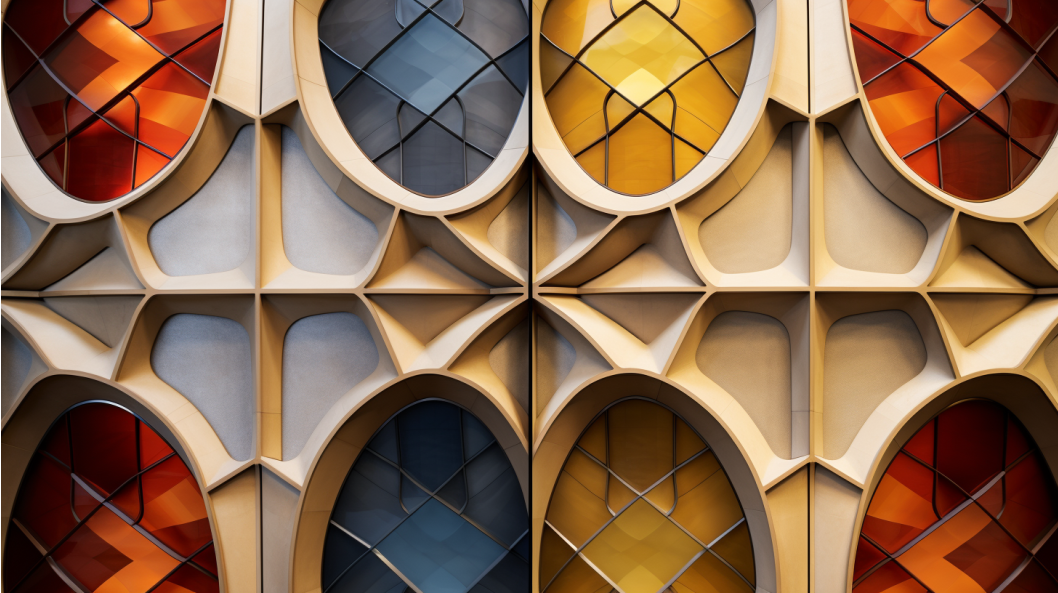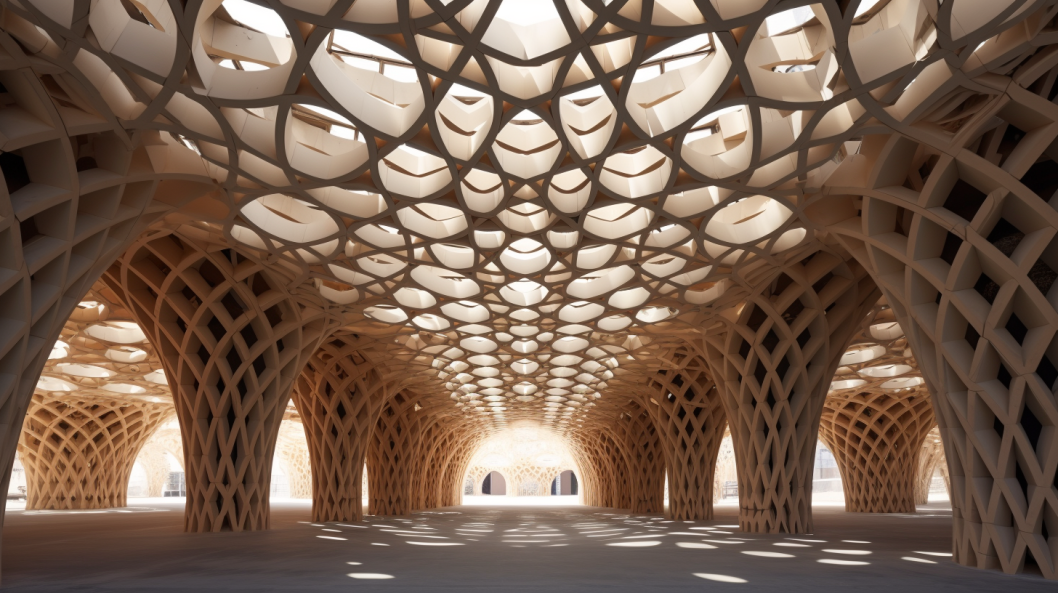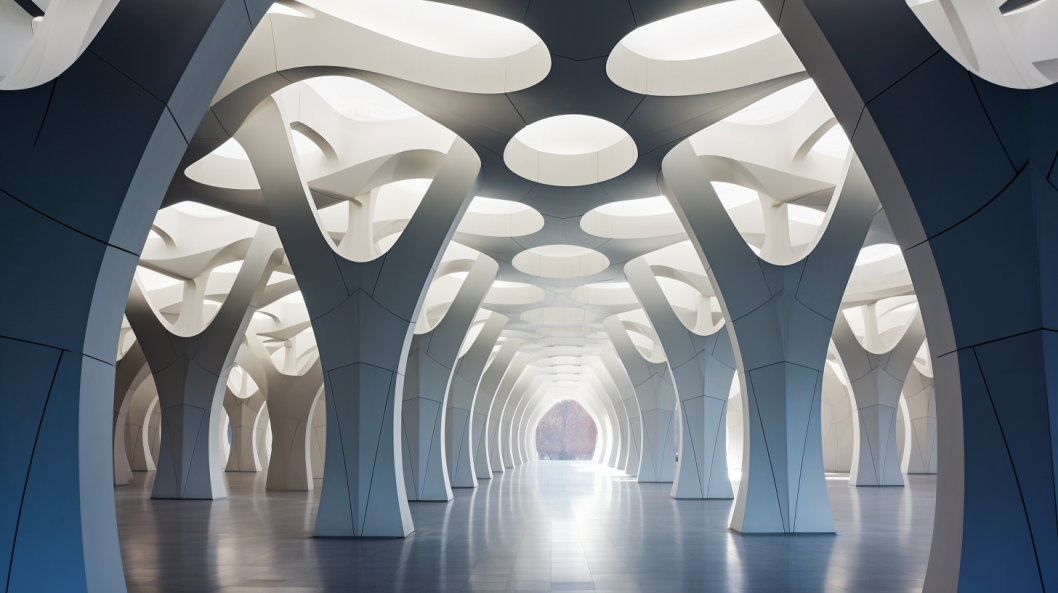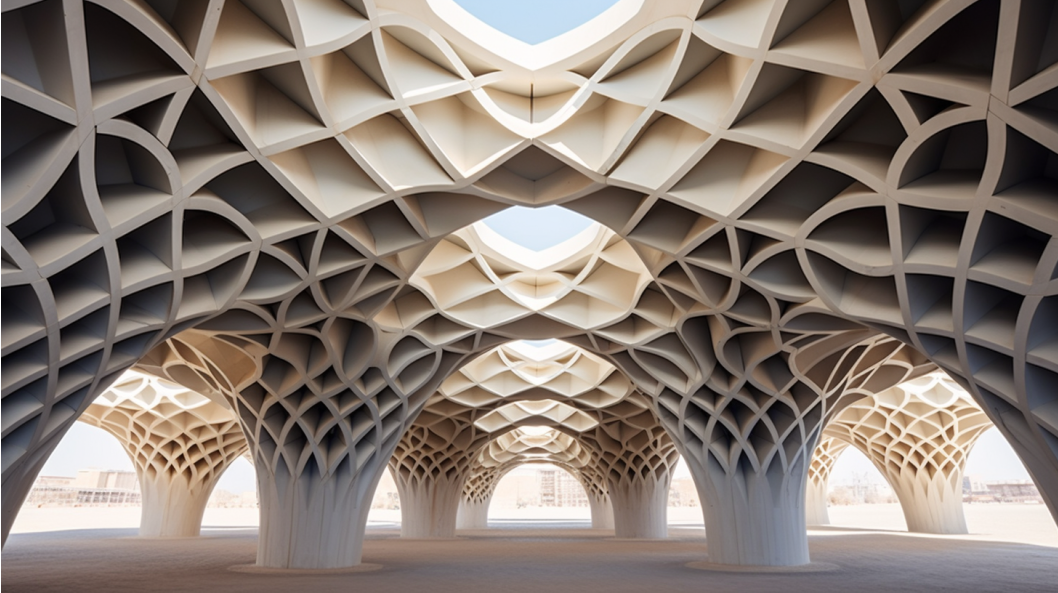In an age defined by soaring skylines and architectural marvels, tessellation and complex geometries have begun to weave a captivating spell on structural aesthetics and designs worldwide. The intricate juxtaposition of geometric shapes not only proffers an enchanting visual appeal but also intricately intertwines functionality with artistry, thereby redefining our understanding of space, structure, and form. This article delves into the heart of tessellated triumphs, exploring how complex geometry is sculpting a new era of architectural prowess.

The Essence of Tessellation
Tessellation, in its core, involves the tiling of a plane using one or more geometric shapes with no overlaps and no gaps. The essence of tessellation in architecture is not merely in its aesthetic potential but also in its capability to solve practical problems related to structural integrity, material usage, and spatial optimization. The adaptation of these mathematical intricacies into structural designs allows architects to create buildings and structures that are as robust as they are visually stimulating.
Bridging the Gap between Form and Function
One of the significant triumphs of tessellated designs lies in their unparalleled ability to seamlessly merge form and function. The naturally occurring geometries we observe in tessellations, such as in the hexagonal compartments of a honeycomb, elegantly unite strength with economy of material. When architects and engineers harness these principles, they can sculpt spaces that are not only strikingly beautiful but also remarkably efficient and structurally sound.

Iconic Implementations
Several iconic structures around the globe attest to the aesthetic and functional potency of tessellation and complex geometry. For instance, the Eden Project in the UK, with its hexagonal and pentagonal cells, does not merely offer a visually mesmerizing spectacle but also optimizes the structural efficacy and material utilization. The Louvre Pyramid in Paris, France, designed by I.M. Pei, symbolizes another riveting use of geometric patterns, not only serving as a majestic visual centerpiece but also an ingeniously devised entrance, solving crowd distribution problems within the museum.
Sustainability and Ecological Harmony
A pressing concern of the contemporary architectural realm is sustainability. Tessellated designs, informed by complex geometries, often lead to optimization in material usage and energy efficiency. The application of tessellations can potentially reduce waste during construction and also enable structures to leverage natural energy sources more effectively, such as through optimized natural light penetration and enhanced air circulation. Thus, complex geometry can pave the way for structures that harmonize with nature, embodying a symbiotic relationship between built environments and the ecosystems that envelop them.

The Future of Architectural Aesthetics
As computational capabilities expand and software becomes more adept at simulating and visualizing complex geometries, architects and designers are endowed with an increasingly sophisticated toolkit to experiment with and implement tessellated designs. Artificial Intelligence and Machine Learning, when dovetailed with design processes, can potentially uncover novel geometric configurations that strike an unprecedented balance between aesthetic appeal, structural integrity, and sustainability.
Moreover, the integration of smart technologies and interactive interfaces within tessellated designs can redefine user interaction within these spaces, creating environments that are not only visually captivating but also intuitively responsive to inhabitant needs.
Tessellated triumphs, as epitomized by complex geometry, have indelibly etched their influence upon the global architectural landscape, sculpting structures that are as visually magnificent as they are functionally astute. As we stride into the future, the symbiosis of technology and tessellation will inevitably unfurl new possibilities, sculpting a horizon where structural aesthetics are not merely seen but are experienced, lived, and seamlessly integrated into the ecological and social tapestry.

